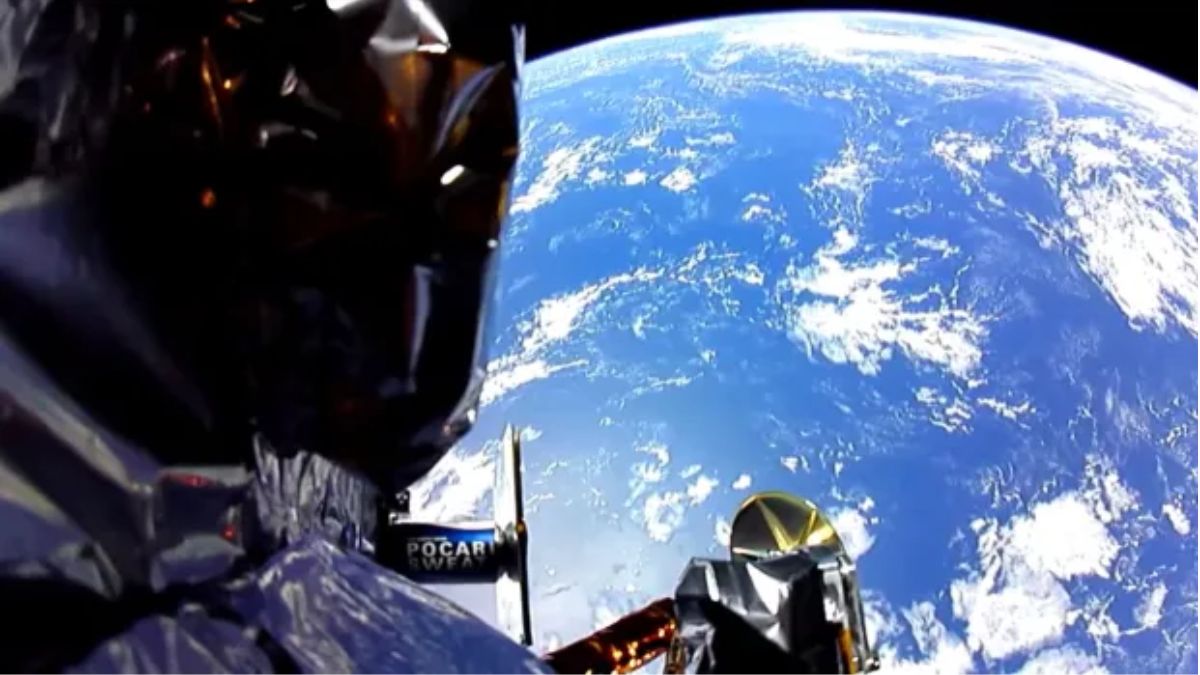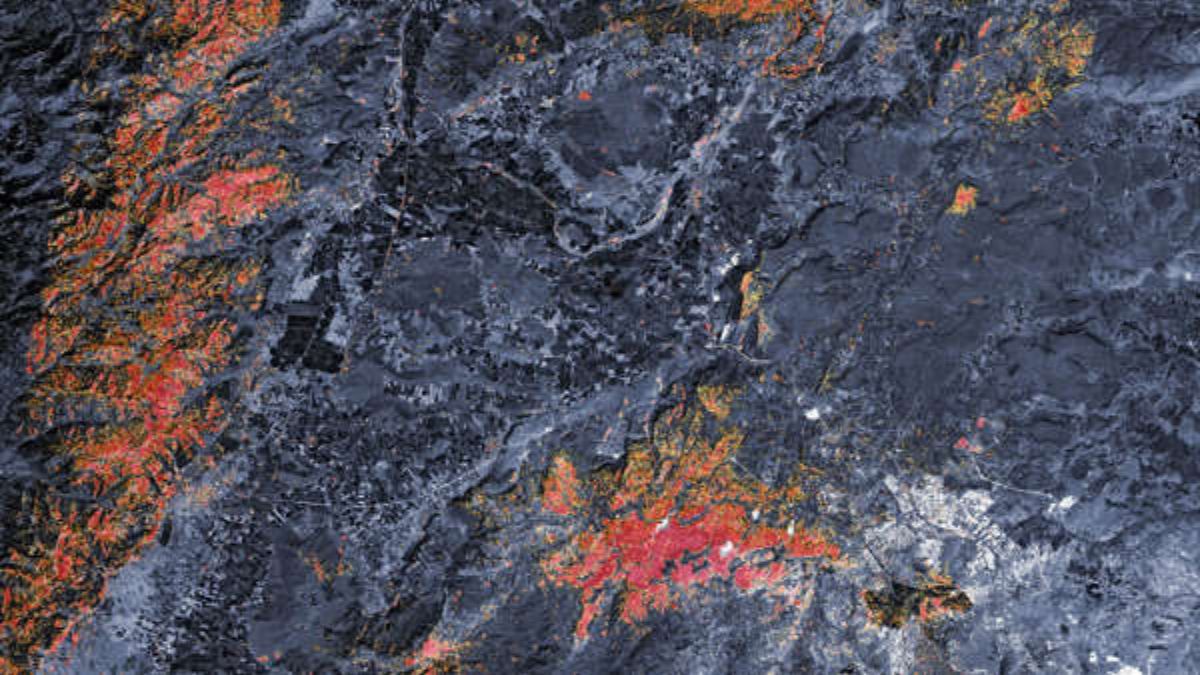
Astrobotic's Peregrine lunar lander encountered bo...
news-extra-space

 Image credit- Tech Times[/caption]
FINDER uses microwave radar to detect minute movements in the body caused by physiological processes like heartbeats and breathing.
According to NASA, microwave radar's wavelengths can penetrate through large layers of debris and dirt even if these minute movements are hard to see with the naked eye.
According to Jim Lux, task manager for the FINDER prototypes, "your body moves a millimetre when your heart beats. Because the rubble itself isn't moving, we can separate those motions. Then, we examine to see if the motion reveals both heartbeats and respiration," he said in a statement last month.
In the chaotic setting of search and rescue operations, FINDER's ability to differentiate between human and machine motion and even between humans and animals is crucial.
[caption id="" align="aligncenter" width="640"]
Image credit- Tech Times[/caption]
FINDER uses microwave radar to detect minute movements in the body caused by physiological processes like heartbeats and breathing.
According to NASA, microwave radar's wavelengths can penetrate through large layers of debris and dirt even if these minute movements are hard to see with the naked eye.
According to Jim Lux, task manager for the FINDER prototypes, "your body moves a millimetre when your heart beats. Because the rubble itself isn't moving, we can separate those motions. Then, we examine to see if the motion reveals both heartbeats and respiration," he said in a statement last month.
In the chaotic setting of search and rescue operations, FINDER's ability to differentiate between human and machine motion and even between humans and animals is crucial.
[caption id="" align="aligncenter" width="640"] Image credit - Channel 103[/caption]
The prototypes were built inside a durable carrying container called a Pelican, which is frequently used to transport pricey equipment and apparatus. The Turkey-Syria earthquake was captured on satellite last week by NASA's Earth Observatory to show the magnitude of the destruction.
Also read: Google Pixel’s At A Glance features an ‘Earthquake Alert’
A fracture that was 18 kilometres (11 miles) below the earth's surface was what started the first earthquake. The earthquake's shallow depth caused severe shaking that could be felt hundreds of kilometres from the epicentre.
A 7.5 magnitude earthquake and numerous minor aftershocks occurred nine hours later.
Space institutions like NASA collected and examined satellite data after the catastrophe to assess the degree of harm.
Image credit - Channel 103[/caption]
The prototypes were built inside a durable carrying container called a Pelican, which is frequently used to transport pricey equipment and apparatus. The Turkey-Syria earthquake was captured on satellite last week by NASA's Earth Observatory to show the magnitude of the destruction.
Also read: Google Pixel’s At A Glance features an ‘Earthquake Alert’
A fracture that was 18 kilometres (11 miles) below the earth's surface was what started the first earthquake. The earthquake's shallow depth caused severe shaking that could be felt hundreds of kilometres from the epicentre.
A 7.5 magnitude earthquake and numerous minor aftershocks occurred nine hours later.
Space institutions like NASA collected and examined satellite data after the catastrophe to assess the degree of harm.
Leave a Reply






